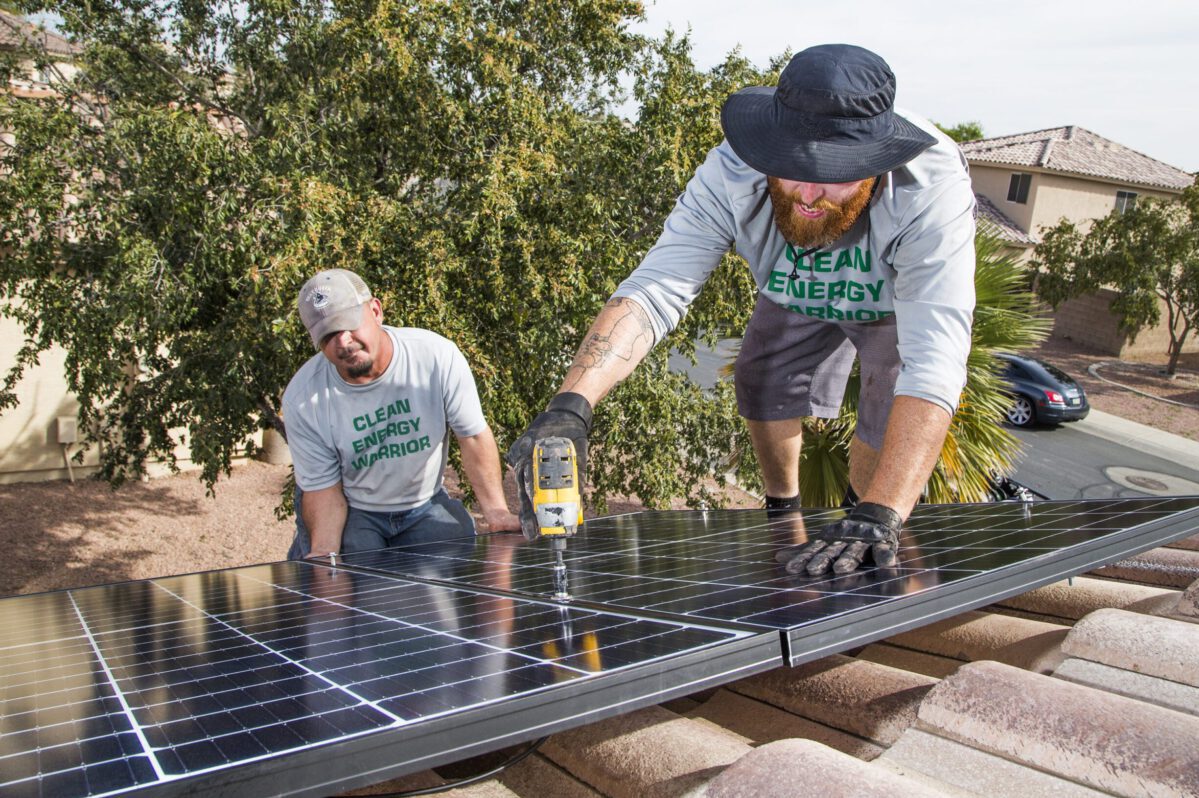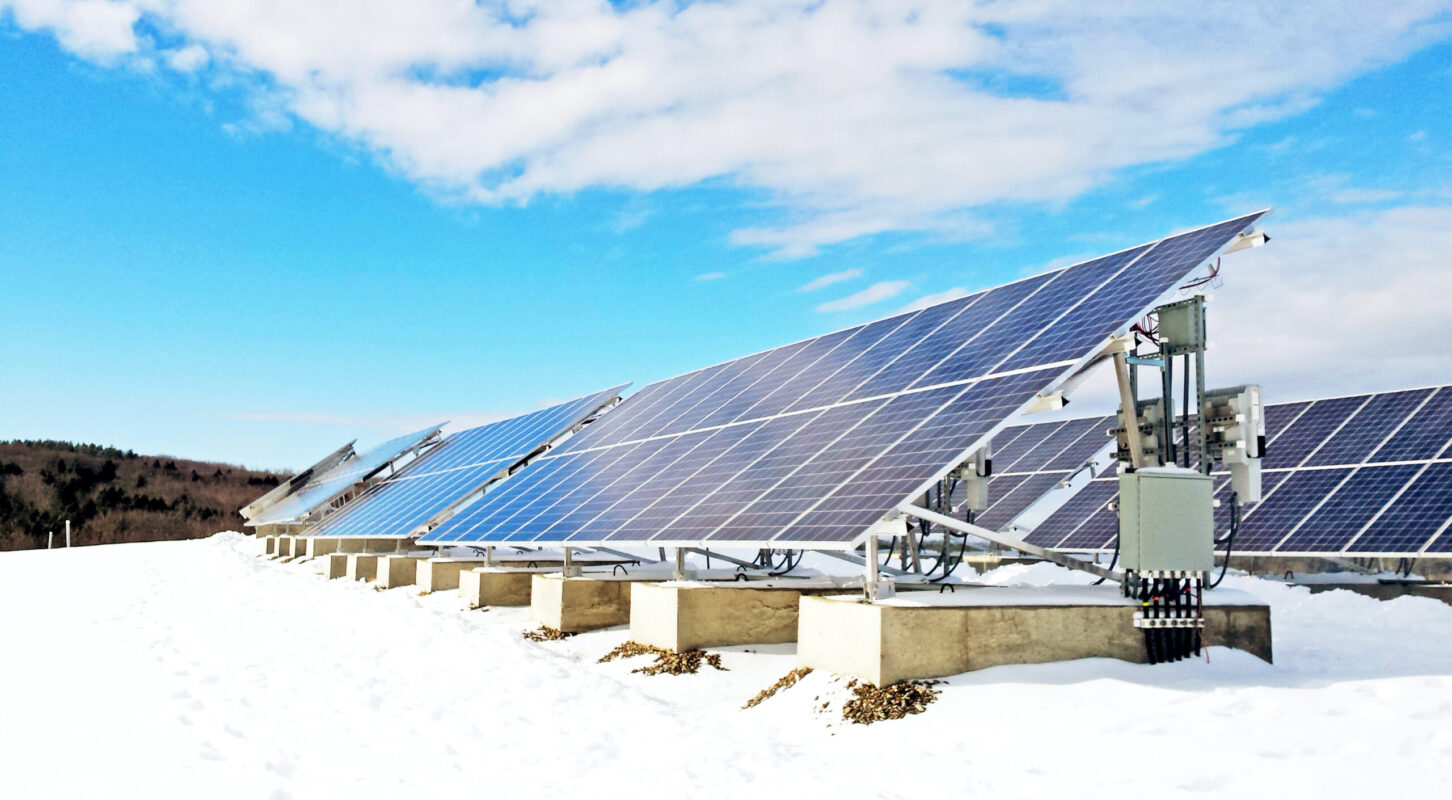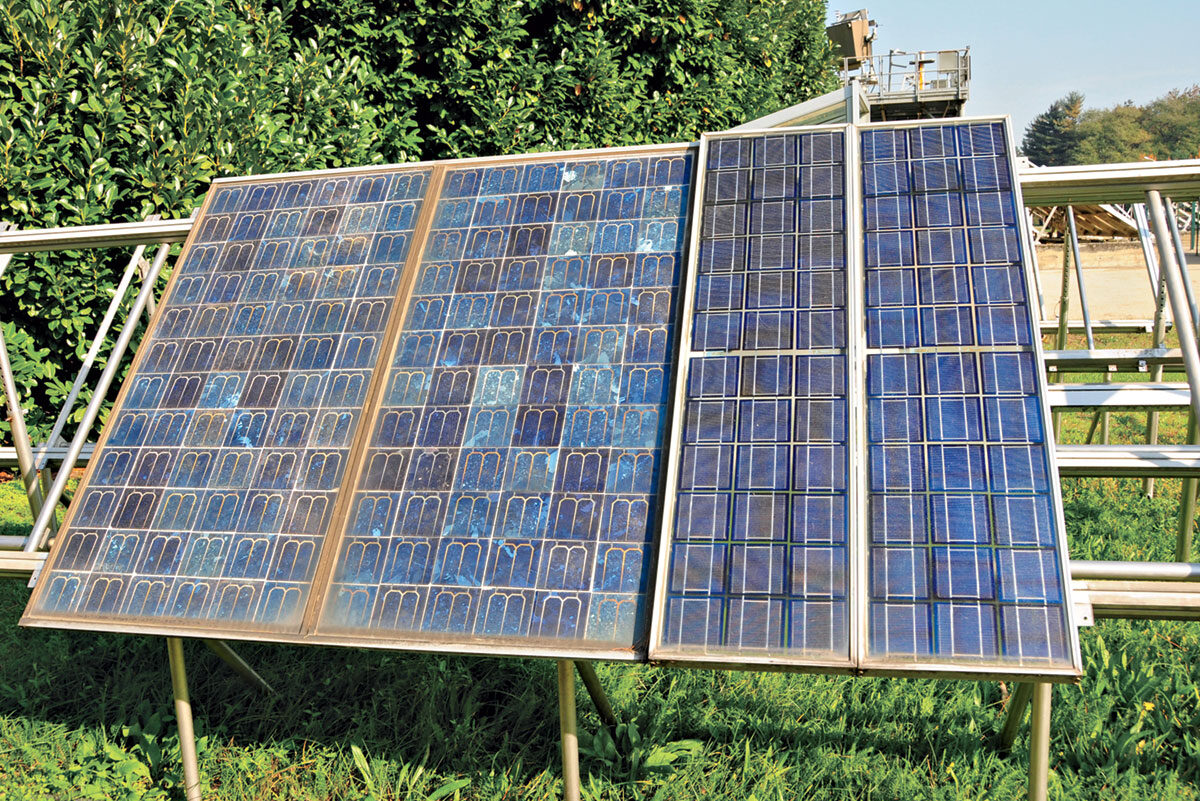Is Your Solar Panel Safe Under Extreme Weather Conditions? –Solar Racking
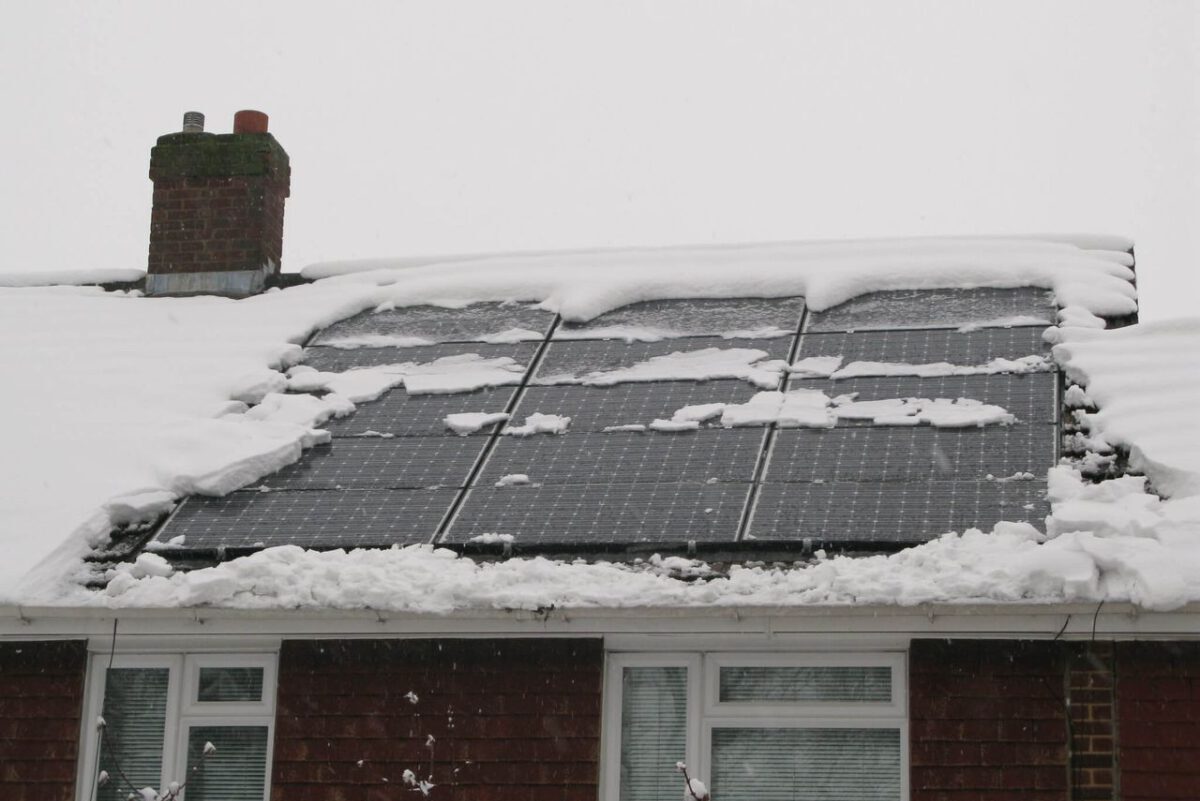
Solar energy systems are designed to function through exposure to natural sunlight. Therefore, it is safe to assume that weather is the primary consideration in designing panels. Manufacturers consider the fact that panels are meant to be situated in an area with maximum sun exposure. Thus, panels are also exposed to other weather conditions, irrespective of how harsh the conditions.
Similar to other structures, racking systems designed for solar modules will be exposed to harsh weather elements. Over the past decade, research on wind loading standards and state-of-the-art building codes define the manufacturing requirements that manufacturers need to adhere to.
These requirements set the guidelines for setting for solar panels, analyzing the wind data, and reducing it to a manageable amount. Different houses have different rooftops and are built on varying heights and building sizes. Everyone desires to place their solar system on the rooftops, bringing a need for a solar racking system.
Building codes across the globe require that solar systems be designed with a recurrence interval in mind. That is, bearing in mind the estimated average time between extreme weather conditions like earthquakes.
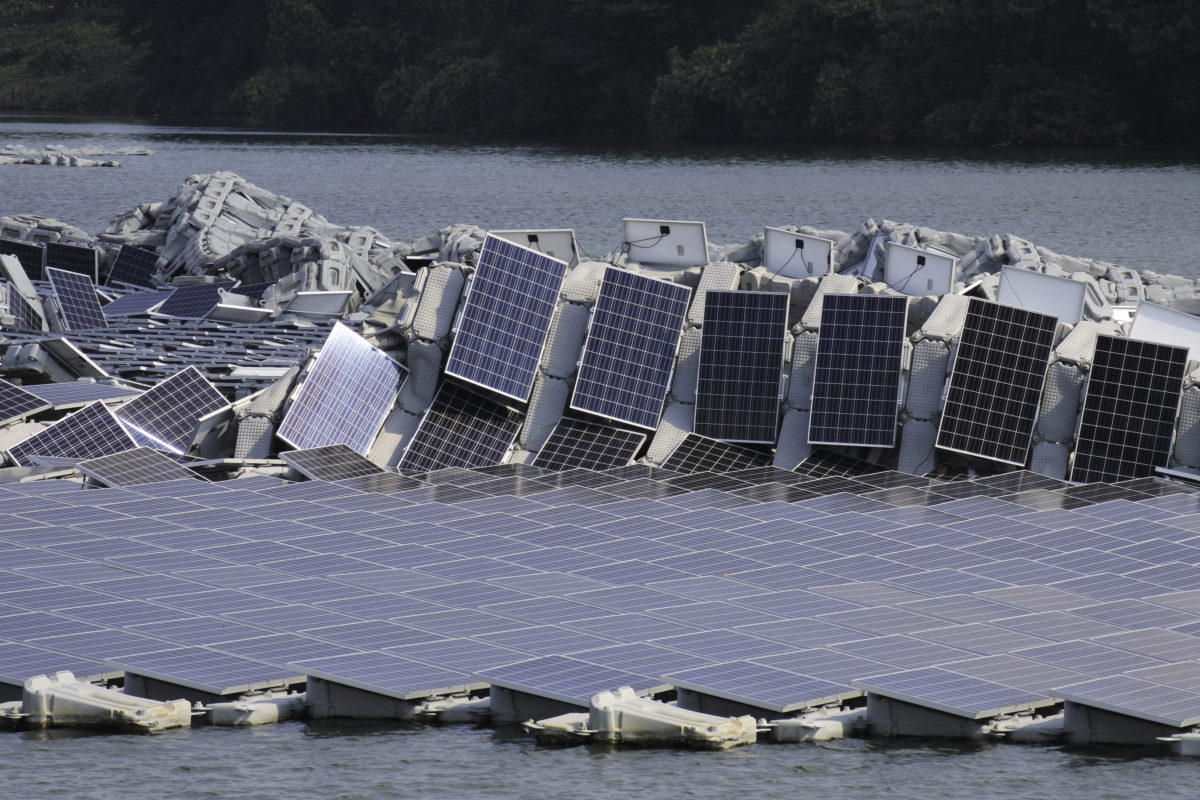
The considerations are related to snow, seismic, and snow actions. Nonetheless, it is also essential to consider the panel’s resistance and how stiff the racking system is. The racking system is tested for load-sharing; meaning, its ability to share loads to other adjacent solar panels depending on the structural interconnection between them through clamps, brackets, and rails.
The UL 2703 mechanical load test offers the maximum loading that any solar racking system can endure. In most cases, winds approach the building at 30 degrees with few obstacles in the way. In such conduction, it is safer to design an Exposure Category C.
Several factors affect the design of roof-mounted solar panels. They include system-related parameters such as parapet height, array geometry, roof zone, building height, and rooftop obstructions, to mention a few.
Higher adjacent buildings can greatly affect the wind that loads on solar panels placed in neighboring buildings. These effects need to be evaluated for each case. Accounting for the parameters we have mentioned above will need exceptional engineering skills and wind reports which vary.
We can conclude that the interaction of the racking system and solar modules are quite complex as it involves numerous parameters. Nonetheless, it is possible to come up with a solar system that is safe and economical through powerful design software and impeccable engineering capability.

